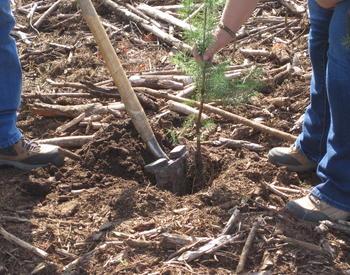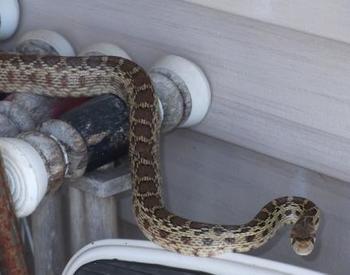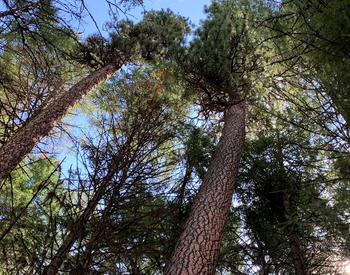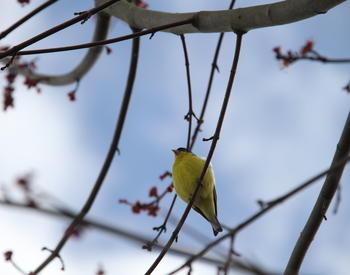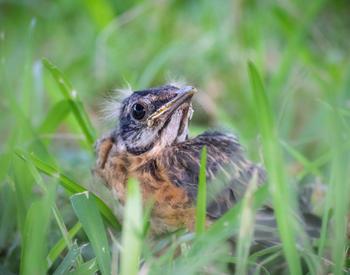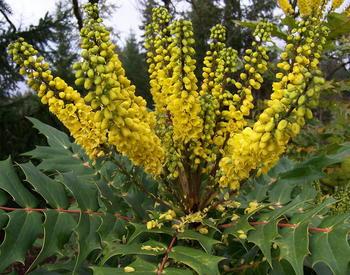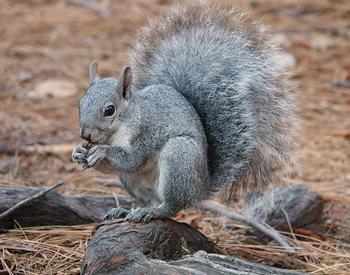Transcript
(gentle music)
- After any type of disturbance
such as a management activity
like thinning or prescribed fire,
one concern is invasion
of invasive species,
and especially invasive annual grasses.
Invasive species can
outcompete native vegetation
and especially plants that
are important for pollinators.
Controlling invasive species
may need to be incorporated
into your management plan
not only after a management activity,
but throughout the life of the stand.
- Here at the High Desert Museum,
the number one invasive species,
we're dealing with each
year is cheatgrass.
So, behind us is one method we're using
to try to reduce the amount of cheatgrass
we have on the property and
that's called solarization.
And solarization simply put,
is taking thick plastic,
putting it on the ground
for an extended period of time
and cooking the ground to the degree
that you sterilize the soil
and everything living in the soil,
including cheatgrass, cheatgrass seeds,
and also even native species will die
over the course of that solarization.
We put this plastic down in April
and we'll leave it on the ground
through the spring into the summer
and then we won't pull it
back up again until the fall,
likely September.
And the reason we want it on the ground
for that interim of time is
so the heat through the summer
is able to really cook the ground.
Now, once we pull the
plastic back up in the fall,
we'll immediately begin to
replant and re-seed the site
with native species, including
bunch grasses and shrubs.
One of the reasons that we want to re-seed
and replant in the fall
is so we can use the natural precipitation
that this region begins to get
in the fall to the winter season
to help us establish those plants.
We might also need to irrigate
depending on what kind
of fall we end up having
when it comes to snow or rain.
So, solarization is actually
an experimental method
for us at the High Desert Museum.
We've never done it before.
If it does go well,
we will be able to reuse the
plastic you see behind us
on other sites that the museum owns
that might be dealing with cheatgrass.
- In addition to solarization,
treating invasive species
can be achieved with other techniques
such as herbicide application,
mechanical removal, or
even prescribed fire
or some combination of each of those.
- So we did use a
combination of those methods
before we would put down the plastic.
This plastic does require some upkeep
so sometimes you might need to come out
and retape portions of it.
And also, we end up having
to hand pull cheatgrass
that begins to escape and grow
around the very edges of the plastic.
Removing invasive species like cheatgrass
is critical to then support
healthy pollinator habitat.
This is just one of the
many methods we could use
to control invasives
and improve pollinator
habitat on our property.
This video describes the solarization process and how it promotes native plants and pollinator habitats.


